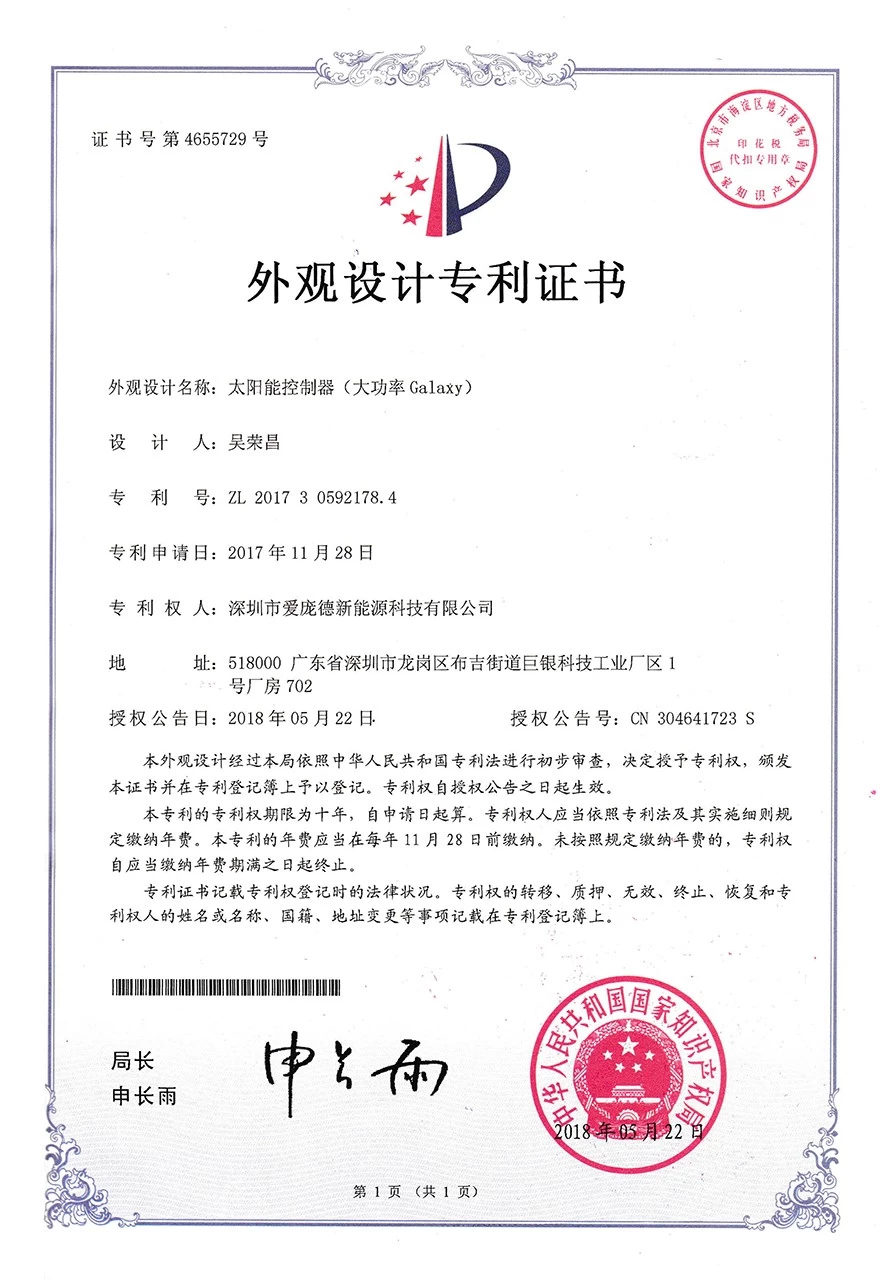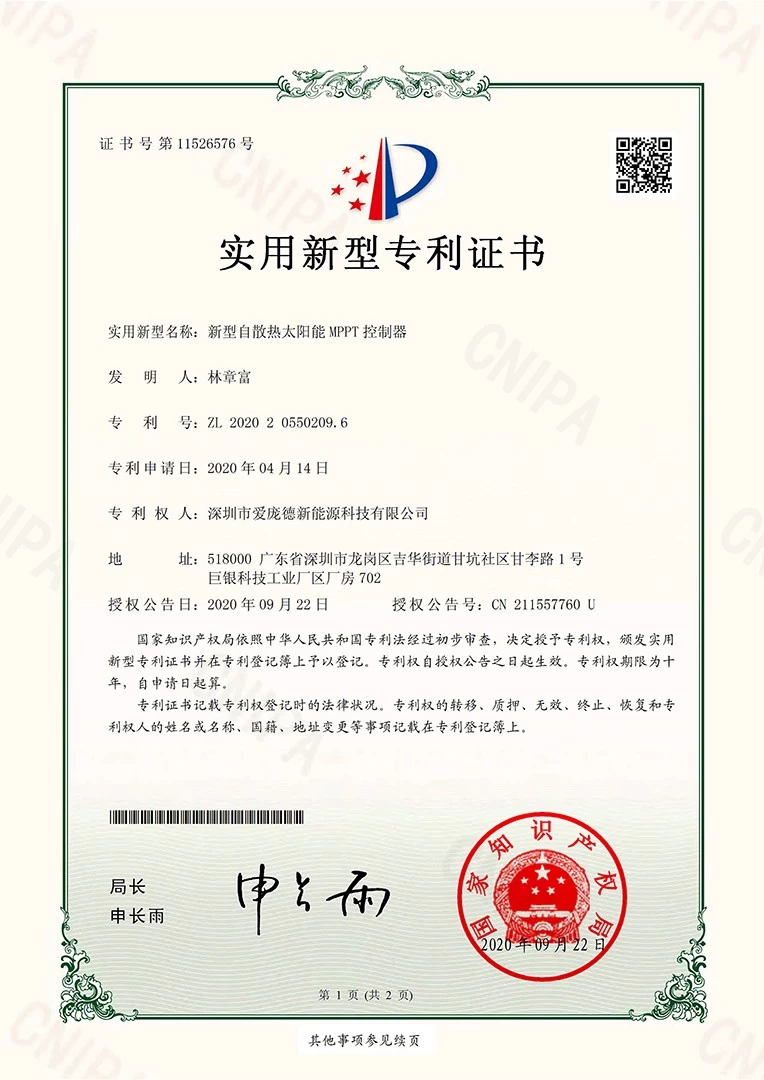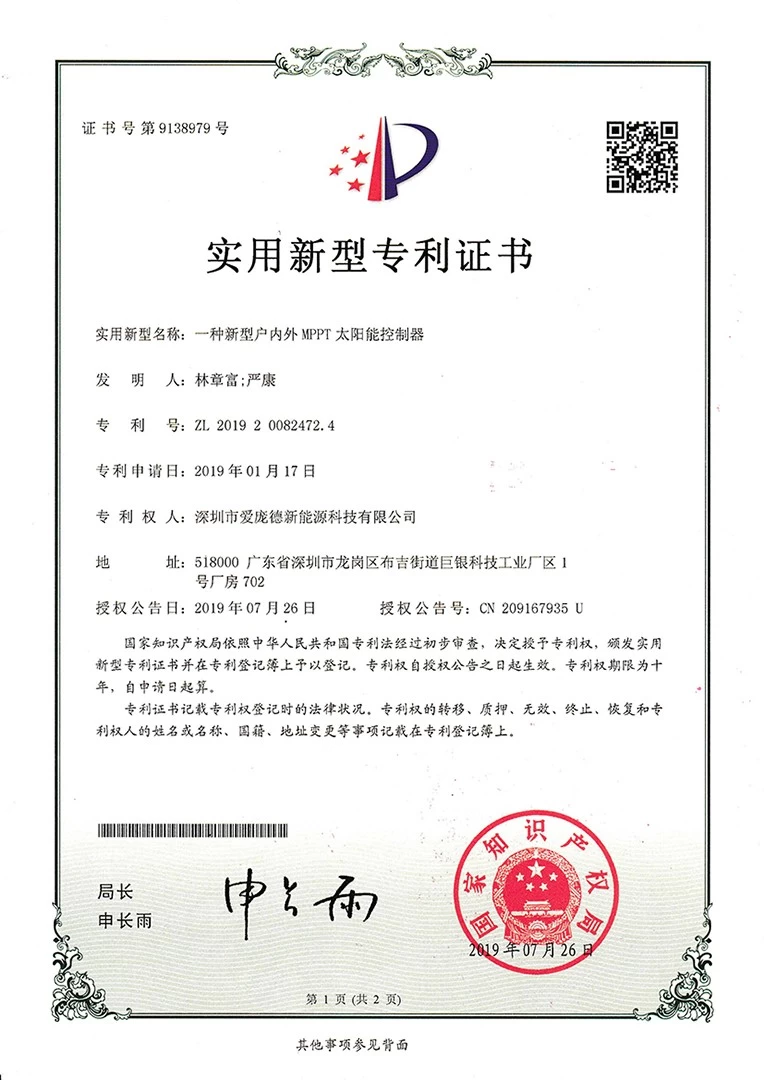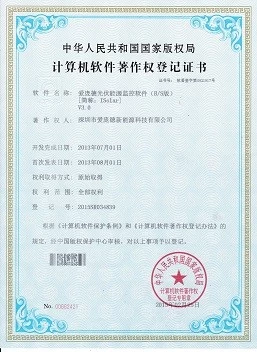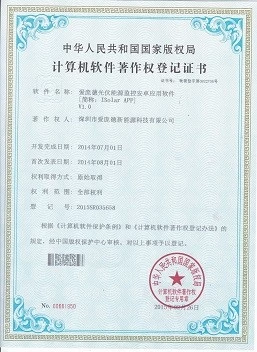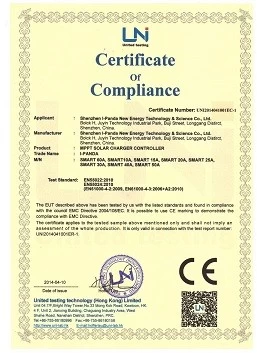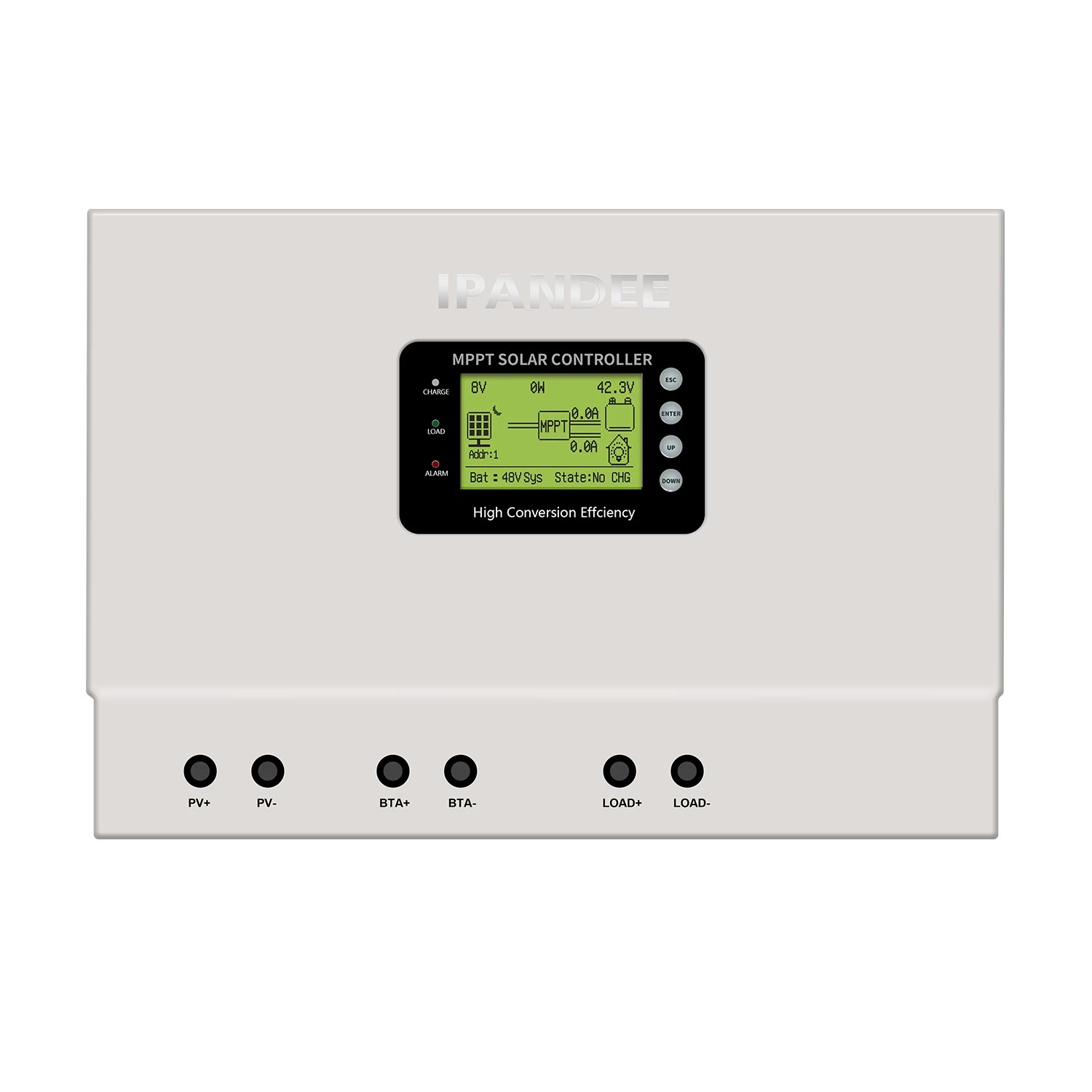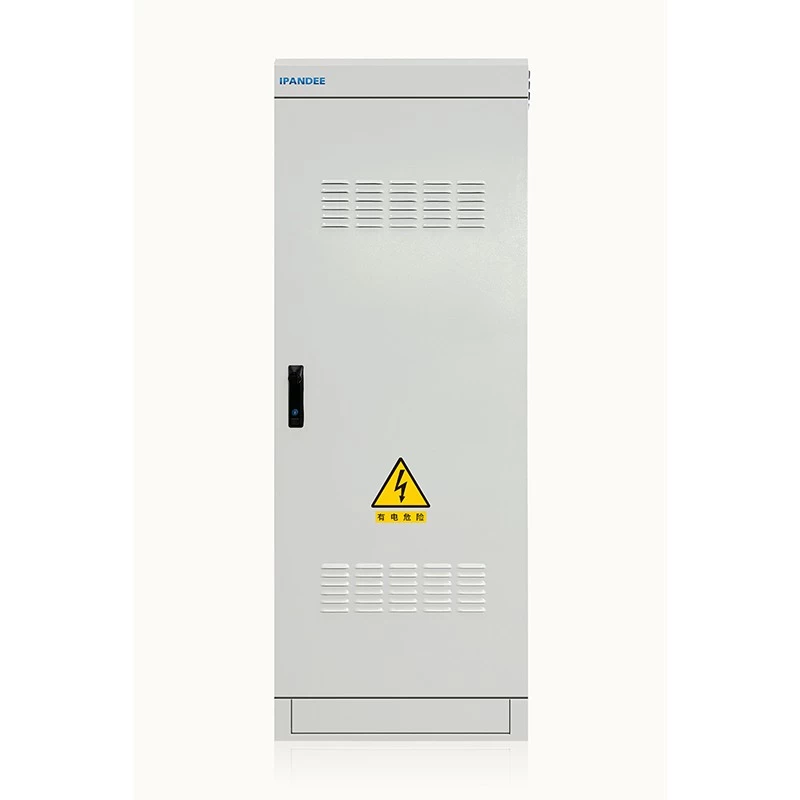Germany 2014 in the first half of renewable energy statistics
Grace
2014-09-10 11:16:05
Fraunhofer Institute for Solar Energy Systems The latest data show: the first half of 2014 as wind, solar, hydro and biomass and other renewable energy sources accounted for 31 percent of Germany's total generating capacity - beyond all the other energy carriers.
According to the Fraunhofer Institute for analysis, the proportion of renewable energy to rise mainly due to the growth of solar and wind power: The data show that compared with the first half of 2013, an increase of 28% PV, wind power generation increased by 19% . Wind, solar, hydro and biomass made ??up 31 percent in the first half of the contribution to the German electricity market, generating capacity of 81 terawatt (TWh). Fraunhofer Institute for Solar Energy Survey data systems show that the first half of the amount of renewable energy in electricity generation is the highest (at 26.7 TWh) of wind, followed by solar (at 26.7 TWh) and biomass (25.6 TWh time).
Solar and wind power increased, the amount of nuclear power generation, lignite and hard coal power plants and gas plants show a downward trend, the greater part of the decline. According to the analysis of data Institute for Solar Energy Systems: the first half of 2014, lignite generation 70 TWh (compared with the same period last year to reduce the 4.2%) for, hard coal power generation of about 51 terawatt hours (less than in the previous year 10.7%). Nuclear power plants produce 45 TWh electricity (decrease 1.8%), natural gas power plants for electricity generation at 16.6 TWh (25.5% reduction).
Data from the Fraunhofer Institute for European energy trading market (EEX) and the Federal Bureau of Statistics. And other statistics in this area is different, the data are expressed as the net amount of electricity.
According to the Fraunhofer Institute for analysis, the proportion of renewable energy to rise mainly due to the growth of solar and wind power: The data show that compared with the first half of 2013, an increase of 28% PV, wind power generation increased by 19% . Wind, solar, hydro and biomass made ??up 31 percent in the first half of the contribution to the German electricity market, generating capacity of 81 terawatt (TWh). Fraunhofer Institute for Solar Energy Survey data systems show that the first half of the amount of renewable energy in electricity generation is the highest (at 26.7 TWh) of wind, followed by solar (at 26.7 TWh) and biomass (25.6 TWh time).
Solar and wind power increased, the amount of nuclear power generation, lignite and hard coal power plants and gas plants show a downward trend, the greater part of the decline. According to the analysis of data Institute for Solar Energy Systems: the first half of 2014, lignite generation 70 TWh (compared with the same period last year to reduce the 4.2%) for, hard coal power generation of about 51 terawatt hours (less than in the previous year 10.7%). Nuclear power plants produce 45 TWh electricity (decrease 1.8%), natural gas power plants for electricity generation at 16.6 TWh (25.5% reduction).
Data from the Fraunhofer Institute for European energy trading market (EEX) and the Federal Bureau of Statistics. And other statistics in this area is different, the data are expressed as the net amount of electricity.





